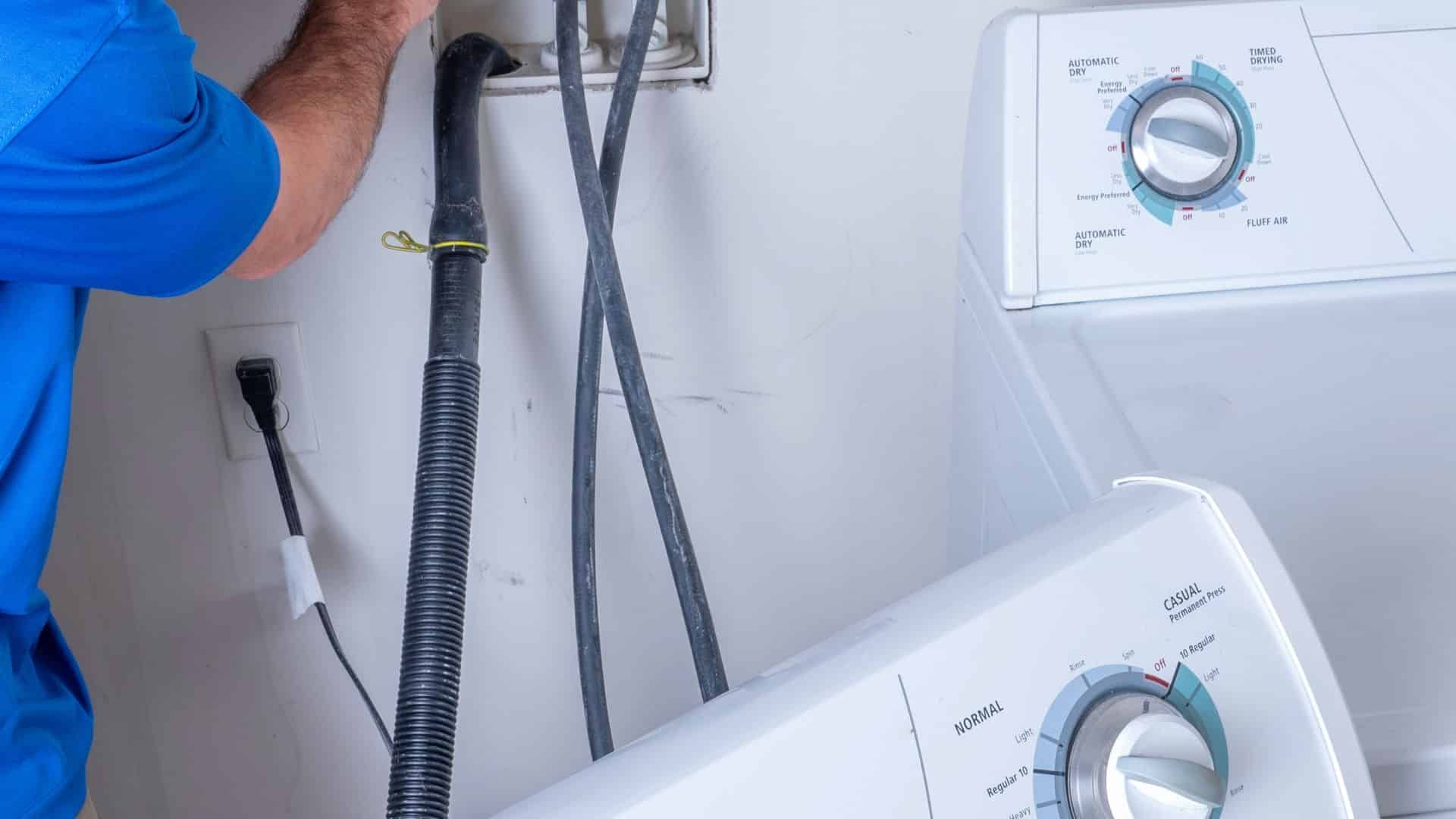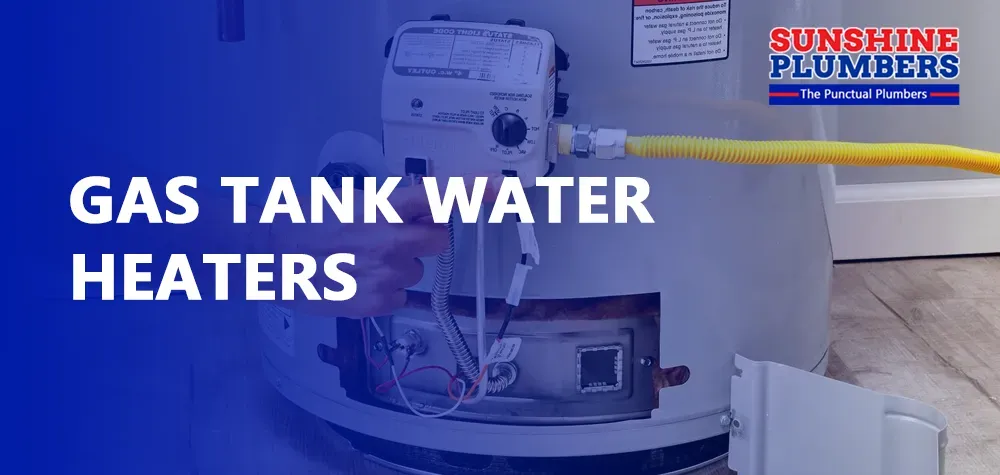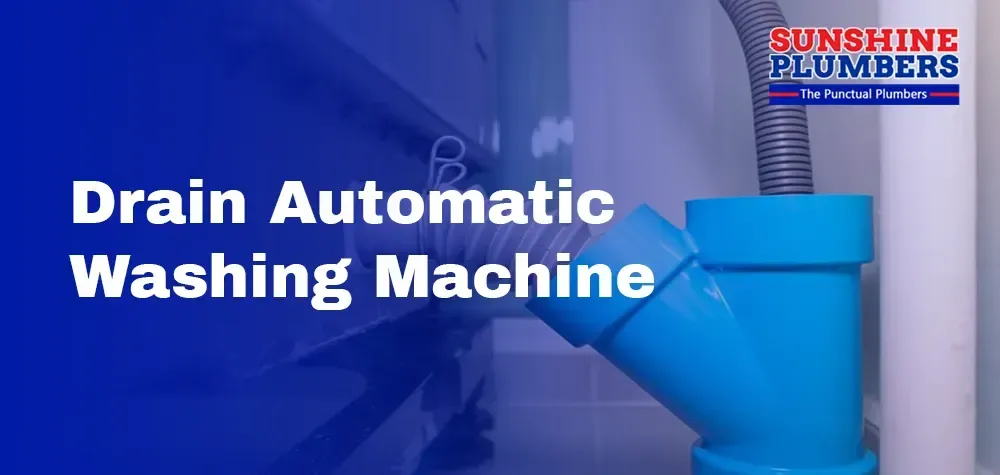How to Masterfully Drain an Automatic Washing Machine
In the realm of home appliances, the automatic washing machine stands as an essential and convenient tool for laundry chores. Yet, like any other machine, it’s prone to issues, and sometimes the need arises to manually drain it. Whether it’s due to a malfunction, routine maintenance, or a forgotten item, understanding how to manually drain a washing machine is a valuable skill. This guide provides a step-by-step approach to tackle this task effectively.
Understanding the Need for Manual Drainage
An automatic washing machine typically has a drainage system that disposes of used water post-cycle. However, situations may arise where manual intervention becomes necessary. If your machine is malfunctioning, showing signs of blockage, or needs maintenance, manual drainage can solve the issue.
Safety First
Before diving into any maintenance procedure, safety should be a priority. Disconnect the washing machine from the power supply to prevent any electrical mishaps. Additionally, be prepared for water spillage, so keep towels, a bucket, and a container handy to collect the drained water.
Locating the Drainage Filter
Most washing machines have a drainage filter, usually located at the front, rear, or base of the machine. Begin by identifying and accessing this filter. Refer to the user manual if you’re uncertain about its location.
Prepare for Drainage
Place a large, shallow container or a bucket in front of the washing machine to collect the water that will be drained. Keep towels nearby to wipe up any spills.
Step-by-Step Manual Drainage
- Accessing the Drainage Filter: Remove the kick plate at the bottom of the washing machine. Some models may have a cover that needs unscrewing. Once removed, you should find the drainage filter or pump.
- Unblocking the Drainage Filter: Carefully open the drainage filter or pump. Expect some water to escape, so be prepared. Remove any apparent foreign items, lint, or debris that appears to be causing a blockage.
- Using the Emergency Drain Hose: You can manually empty the water from the washing machine if it has an emergency drain hose. Locate this hose (usually at the bottom or rear of the machine) and carefully pull it out. Direct the hose into your prepared container to collect the water.
- Manual Pumping: In some cases, especially when dealing with blockages, you might need to manually pump the water out. This can be done by manually rotating the drainage pump impeller or using a wet/dry vacuum to suction out the water.
- Allowing Complete Drainage: Let the water drain completely. Monitor the container to ensure it doesn't overflow. If necessary, replace the container or bucket as needed.
- Closing the Drainage Filter: Once the water has been drained, ensure the drainage filter or emergency drain hose is securely closed to prevent leaks during the next use.
Post-Drainage Steps
After successfully draining the water, it's advisable to perform a quick inspection. Ensure the drainage filter or pump is clean and free of any debris. Once the drainage system is cleared and closed, replace the kick plate or cover securely.
Extended Troubleshooting and Maintenance Tips:
- Check the Drainage Hose for Debris: Inspect the drainage hose regularly for any obstructions or clogs. Debris such as lint, small objects, or even accumulated soap scum can hinder proper water flow. Clearing these obstructions can prevent potential blockages and ensure efficient drainage.
- Maintain the Washer's Interior: Periodically clean the interior of the washing machine. Residue from detergent, fabric softeners, and dirt can build up over time, causing drainage issues. Wipe down the drum and surfaces within the machine to prevent blockages and maintain optimal functioning.
- Schedule Routine Maintenance Checks: Consider scheduling routine maintenance checks with a professional technician. Regular servicing and inspection of your washing machine can help identify and resolve potential issues before they escalate, ensuring the smooth operation of the appliance.

When to Seek Professional Help:
If you notice any of the following signs, it's time to seek professional assistance:
- Persistent Strange Noises: Unusual noises during the washing or draining cycles may signal a mechanical or internal issue. Don't ignore these noises, as they could indicate a problem that needs immediate attention from a professional.
- Persistent Leaks: Continuous or recurring leaks during or after the washing cycle should be addressed promptly. Leaks may indicate a problem with the machine's internal components that require professional inspection and repair.
- Electrical Malfunctions: Any electrical issues, such as the machine not turning on, lights flickering, or unusual electrical smells, should be handled by a professional technician. Attempting to troubleshoot electrical problems without expertise can be hazardous and might further damage the washing machine or pose a safety risk.
- Failure of DIY Solutions: If your attempts to resolve the issue through basic troubleshooting and manual drainage haven't been successful, it's time to call in a professional. Continued attempts without the necessary expertise might worsen the problem.
Keep in mind that the sooner you handle difficulties by getting expert assistance, the less likely it is that they will worsen and become more expensive issues. Expert technicians are equipped with the abilities and know-how to identify and fix complicated washing machine problems securely and efficiently.
Optimal Washing Machine Functionality
Knowing how to manually drain an automatic washing machine is a handy skill that can save you time and potentially costly repairs. Regular maintenance and vigilance can significantly reduce the frequency of drainage issues. However, if you encounter persistent problems or are unsure about performing the manual drainage, seeking professional assistance is always a smart choice. Take necessary precautions, follow the steps carefully, and maintain your washing machine to ensure it serves you well in the long run.
Expert Solutions
Are your customers encountering drainage issues with their automatic washing machines? At Sunshine Plumbers, we understand the inconvenience and frustration that accompanies these problems. Our team is well-versed in addressing such issues efficiently. Our services include expert assistance in manually draining automatic washing machines. We ensure a hassle-free experience, employing meticulous steps to resolve blockages or malfunctions in the machine's drainage system. With our expertise, customers can trust that their washing machines will be back up and running smoothly in no time. Contact Sunshine Plumbers today for
swift, reliable solutions to all your drainage concerns!




